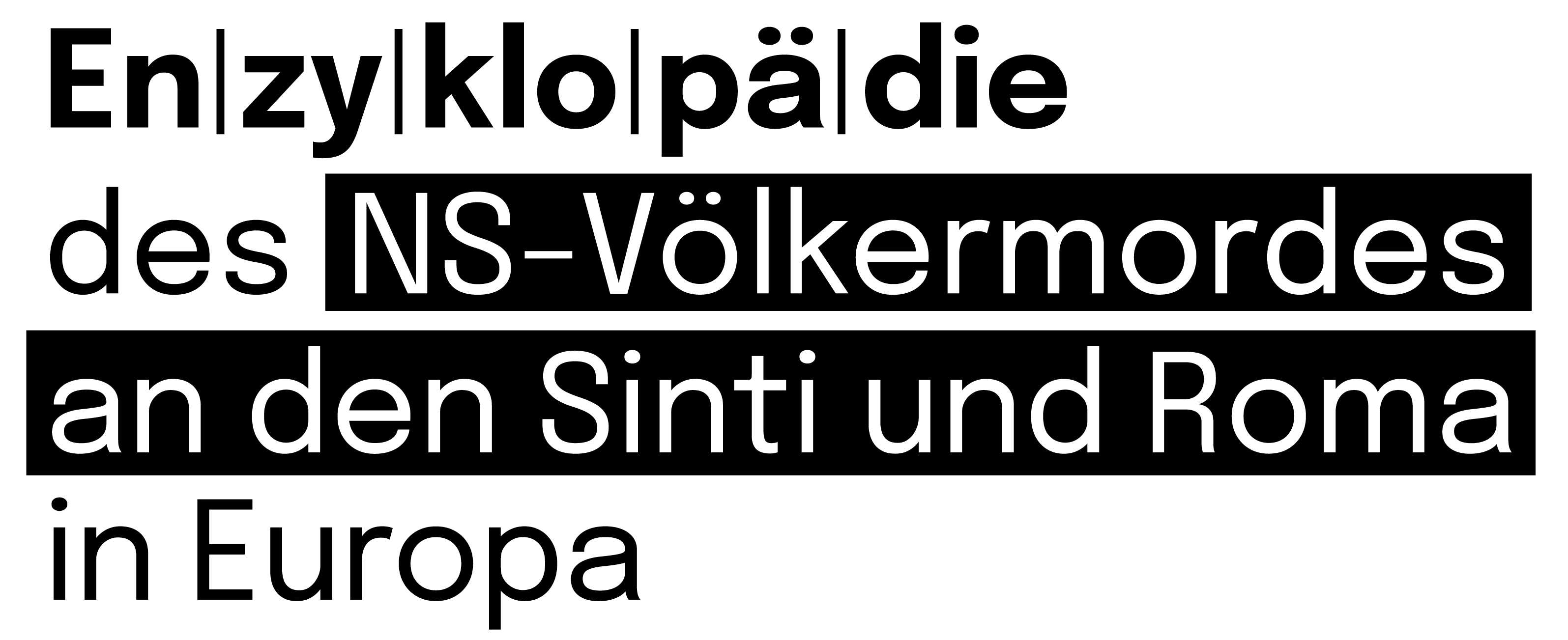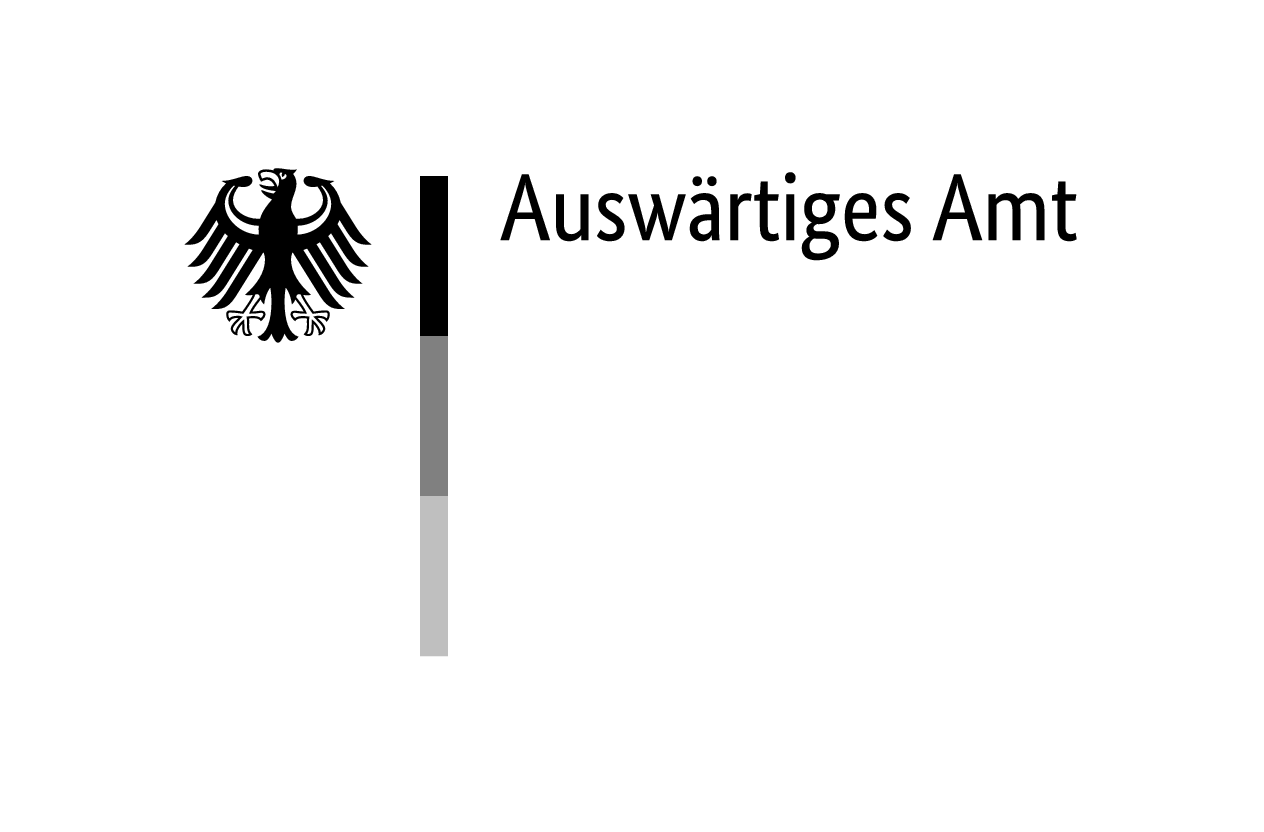In 1938, a residential barracks camp of the Reich Labour Service [Reichsarbeitsdienst, RAD] was set up 25 kilometres south-east of Trier and one kilometre from the village of Hinzert (both then Prussia, now Rhineland-Palatinate, Germany). It housed workers who were deployed to build the ‘Westwall‘, the ‘Luftverteidigungszone West‘ [air defence zone West] or the Autobahn.
After a fire on 16 August 1939, it was rebuilt as a police detention camp and became the centre of further labour camps set up around the ‘Westwall‘ and known as ‘Westlager‘. Workers were imprisoned here who were held to have violated labour discipline; they were sent to Hinzert as a disciplinary measure and assigned to work for a limited period of ‘education‘. The camp in Hinzert is therefore considered a forerunner of the later ‘labour education camps‘.
From SS Special Camp to Concentration Camp
From 23 November 1939 at the latest, the Hinzert camp was expanded by the addition of a special SS camp, which was intended for those workers who were to be imprisoned for more than 21 or at least 56 days. The camp commandant Hermann Pister (1885–1948), appointed on 9 October 1939, successfully campaigned for the continuation of the Hinzert camp after work on the ‘Westwall‘ was halted.
On 1 July 1940, it was placed under the control of the Inspectorate of Concentration Camps (IKL) and thus transformed into a main concentration camp (Stammlager) in its own right. Responsibility for the camp was transferred from the Organisation Todt (OT) to the Reich Security Main Office (RSHA). On 7 February 1942, under camp commandant Egon Zill (1906–1974), the camp was assigned to the SS Main Economic and Administrative Office (WVHA). From autumn 1942, under the third camp commandant, Paul Sporrenberg (1896—1961), numerous satellite camps were added for work assignments lasting between four weeks and a year.
On 21 November 1944, Hinzert was formally designated a satellite camp of Buchenwald concentration camp. Apart from an unspecified but ‘considerable’ number of prisoners1According to research by the first director of the memorial, Dr. Beate Welter, see the lecture ‘Die letzten Monate des „SS-Sonderlagers“ / KZ Hinzert,’ published on the YouTube channel of the Rhineland-Palatinate State Agency for Civic Education, March 2025, https://www.youtube.com/watch?v=-FN5Sus35iU&t=221s (minute 4:38) [accessed: 16/07/2025]., all inmates from Hinzert were forced on foot towards Buchenwald on 2/3 March 1945. After the last guards had left the camp following bombing raids, the remaining inmates fled into the forest. On 15 or 16 March 1945, American troops arrived and the inmates were finally liberated.
The Prisoners
Hinzert was a camp exclusively for men. During World War II, political opponents of the National Socialist regime from the German-occupied countries in Europe were deported there alongside prisoners from the Reich.
The first large groups came from Luxembourg in the summer of 1941 and, starting in May 1942, from France (mainly ‘night and fog prisoners’). In addition, there were men classified as ‘asocial’ or ‘criminal’, forced labourers from Eastern and Western Europe, former members of the Foreign Legion and Poles who were undergoing ‘Germanisation’. Of around 100 inmates from the Benelux countries who were categorised as Jews, a third were tortured to death individually. Mass killings were carried out by the SS (Schutzstaffel) in October 1941 against 70 Soviet soldiers, from 2 to 9 September 1942 against 20 participants in the Luxembourg general strike and on 25 February 1944 against a further 23 Luxembourg resistance fighters.
In total, at least 10,000 men from 20 different nations were imprisoned in Hinzert from autumn 1939 to March 1945. At least 321 fatalities are documented, whose victims were either murdered in targeted killings or died as a result of malnutrition, forced labour and illness.
Sinti and Roma
There has been no research focusing on the internment of Sinti and Roma in Hinzert. According to current knowledge, there were no transfers to the concentration camp from the immediate region. The Sinti and Roma from Trier, for example, were deported to concentration and extermination camps in German-occupied Poland via the transit camp in Cologne-Deutz.
In statements by former inmates, two prisoners have so far been named as Roma. One is said to have been a boy from Eastern Europe who was killed by the prisoner functionary (‘Oberkapo’) Eugen Wipf (1916–1948) in 1944 after Wipf had attempted to or succeeded in raping him.2Schneider, Waffen-SS, 148, without naming the witnesses interviewed in 1995 and 1996. It is not clear whether this was the Polish camp inmate whose murder was cited in the 1948 trial against Wipf before the Zurich Court of Assizes.3Pütz, Members of the former camp SS, 39.
The second trace refers to the 16-year-old Belgian ‘Simon’, with whom Wipf is said to have had a relationship. ‘Simon’, whose full name is unknown, is characterised by the French inmate doctor Dr André Chauvenet (1900–1981) in his memoirs as a friendly and well-mannered young man. However, after Wipf appointed him as prisoner functionary in his block section, he is said to have developed into one of the ‘cruelest torturers’.4Engel and Hohengarten, Hinzert, 370, where the name ‘Sim’ is used. A longer passage on ‘Simon’ can be found in Chauvenet, Une expérience, 139 f.
It remains for further research to determine whether other Sinti or Roma inmates can be identified in the Hinzert concentration camp. In all probability, the Luxembourger Jules Clément (1925–1945) was imprisoned there for a short time as a Yenish before he was stigmatised as ‘asocial’ and transferred to the Natzweiler concentration camp and from there to Dachau, where he died.5Courtoy, Jules / Julius Clément (unpublished biography). While internment in the Hinzert concentration camp is listed here, it is not mentioned in the published short version: Musée Nationale, Vergessene Opfer, 53. Jules Clément is listed as a prisoner in Hinzert in LPPD, Livre d’Or, 83.




